Towerhillcorp
Insurance, a cornerstone of modern financial security, has a rich and diverse history that spans across cultures, centuries, and civilizations. From the earliest forms of mutual aid to today’s sophisticated global insurance industry, the journey of insurance is a testament to humanity’s desire to mitigate risks and protect against unforeseen events. In this blog, we’ll embark on a captivating journey through time, tracing the evolution of insurance from its ancient origins to the complex systems we rely on today.
Ancient Beginnings: The roots of insurance can be traced back to ancient civilizations that practiced forms of risk sharing and mutual assistance. In ancient China and Babylon, traders would distribute their goods across multiple vessels to reduce the risk of total loss due to shipwrecks. Similarly, early Mediterranean cultures established contracts that provided financial support to shipowners in case their cargoes were lost at sea.
Guilds and Mutual Aid: During the Middle Ages, European guilds began to organize mutual aid funds to support members in times of need. These guilds, often formed around specific trades, acted as early forms of insurance, pooling resources to assist members in case of illness, injury, or death. These systems laid the groundwork for the concept of shared risk and protection.
Emergence of Formal Insurance: The 17th century marked the emergence of more structured forms of insurance. In 1666, after the Great Fire of London, the concept of fire insurance gained prominence. Insurance companies began offering policies that covered the cost of rebuilding structures damaged by fire. Lloyds of London, founded in 1688, became a hub for maritime insurance, where individuals and investors could collectively share the risks of sea voyages.
Industrial Revolution and Modernization: The Industrial Revolution brought about new risks and opportunities, leading to the growth of various insurance lines. Life insurance gained traction in the 18th century as a way to provide financial support for families in case of a breadwinner’s death. Marine, fire, and accident insurance also expanded to cover the changing landscape of industrialization.
Legal Frameworks and Regulation: As the insurance industry grew, governments recognized the need for regulation to protect consumers and ensure financial stability. Laws and regulations were enacted to establish insurance companies’ solvency requirements, standardize policies, and ensure fair practices.
The Digital Age and Global Expansion: The late 20th century witnessed significant advancements with the rise of technology. The introduction of computers and digital systems streamlined insurance operations, enabling quicker underwriting, claims processing, and customer service. The industry expanded its reach across borders, leading to global insurance giants that provide coverage on an international scale.
Innovations and Future Prospects: The 21st century has introduced innovations such as usage-based insurance, microinsurance, and peer-to-peer insurance models. The integration of artificial intelligence, big data analytics, and blockchain technology is transforming underwriting, claims processing, and risk assessment.
Conclusion: The history of insurance is a testament to humanity’s ability to adapt and innovate in the face of uncertainty. From ancient risk-sharing practices to today’s complex global industry, insurance has played an integral role in safeguarding individuals, businesses, and economies against unforeseen events. As we navigate the ever-changing landscape of risks and opportunities, the legacy of insurance continues to evolve, ensuring that the spirit of protection and risk mitigation remains an essential part of our financial landscape.



Comments are closed